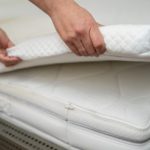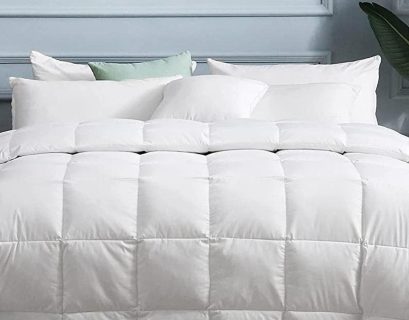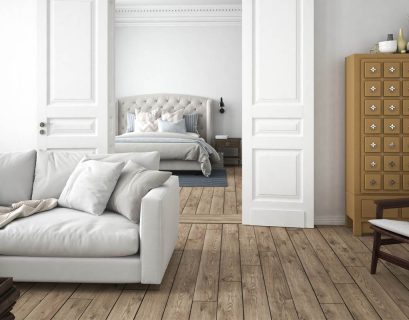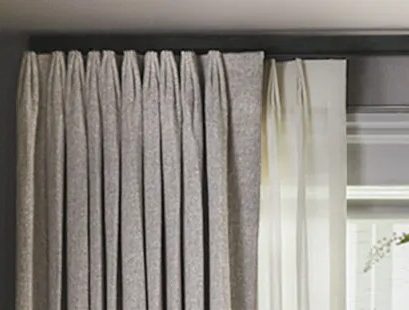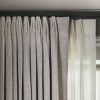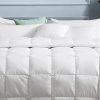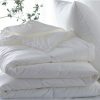Leather furniture exudes a timeless elegance that can transform any space, adding a touch of sophistication and luxury. However, to preserve its beauty and longevity, proper care and maintenance are crucial. In this comprehensive guide, we will explore the key elements to consider when selecting leather furniture and delve into the best practices for caring and maintaining these exquisite pieces, ensuring they remain a centerpiece of your decor for years to come.
Choosing the Right Leather:
Before delving into care and maintenance, let’s start with the fundamentals of selecting the right leather for your furniture. The type of leather significantly impacts its durability, appearance, and how it responds to care routines. Here are some key considerations:
- Full-Grain Leather: Full-grain leather is the highest quality and most natural form of leather. It retains the outer layer of the hide, showcasing the natural grain and markings. This type of leather is durable, develops a rich patina over time, and is resistant to wear and tear. Full-grain leather is an excellent choice for those seeking the highest level of quality and character.
- Top-Grain Leather: Top-grain leather is slightly altered by sanding away the natural grain, providing a more uniform appearance. While it may lack the distinct characteristics of full-grain leather, top-grain is still durable and offers a balance between quality and affordability.
- Split-Grain Leather: Split-grain leather is derived from the inner layers of the hide and is typically less durable than full- or top-grain options. It is often used in less visible areas or in combination with other materials. While it may be more budget-friendly, it may not withstand the test of time as well as higher-quality leathers.
- Aniline vs. Semi-Aniline Leather: Aniline leather is dyed through and through, retaining the natural texture and color variations. Semi-aniline leather undergoes a light pigment treatment, providing more protection against stains while maintaining some of the natural characteristics. Choose based on your preferences for appearance and the level of protection needed.
Now that you have selected the right leather for your furniture let’s dive into caring for and maintaining these luxurious pieces.
Caring for Leather Furniture:
- Regular Dusting and Vacuuming: Dust can settle on leather surfaces and, if left unattended, may lead to scratches or dullness. To prevent this, use a soft, dry cloth or a vacuum cleaner with a soft brush attachment to remove dust regularly. Pay attention to crevices and seams where dust can accumulate.
- Avoid Direct Sunlight: Prolonged exposure to direct sunlight can cause leather to fade and become brittle. Position your leather furniture away from windows or use curtains and blinds to minimize sunlight exposure. If your furniture is already placed in a sunlit area, consider using UV-protective window treatments.
- Use Leather Conditioner: Leather, like human skin, benefits from hydration. Use a high-quality leather conditioner to replenish moisture and keep the material supple. Apply the conditioner in a thin, even layer and buff it gently with a clean, soft cloth. Follow the manufacturer’s recommendations for frequency.
- Handle Stains Promptly: Accidents happen, and stains are inevitable. Address spills immediately by blotting them with a clean, dry cloth. Avoid rubbing the stain, as this can push it deeper into the leather. For stubborn stains, use a damp cloth with a mild, pH-balanced leather cleaner. Always test any cleaning product in an inconspicuous area first.
- Rotate and Fluff Cushions: Regularly rotate and fluff cushions to ensure even wear and maintain the overall appearance of the furniture. This practice prevents certain areas from becoming flattened or compressed, preserving the integrity of the leather and the comfort of your furniture.
- Be Mindful of Pets: If you have pets, take extra precautions to protect your leather furniture. Trim pets’ nails regularly to minimize scratches, and discourage them from jumping on the furniture. Place a soft blanket or a pet-friendly cover over the leather surface to provide an additional layer of protection.
- Avoid Harsh Cleaning Products: When cleaning leather, opt for mild, pH-balanced cleaners specifically designed for leather furniture. Avoid using harsh chemicals, alcohol-based products, or household cleaners, as they can strip the leather of its natural oils and cause damage.
Maintaining Leather Furniture:
- Professional Cleaning: While regular cleaning can address day-to-day maintenance, professional cleaning is recommended periodically. A professional cleaning service can deep-clean and condition your leather furniture, restoring its luster and addressing any accumulated grime or stains.
- Conditioning for Aging Leather: Over time, leather can show signs of aging, including wrinkles and fine lines. Embrace these natural characteristics as they contribute to the unique charm of genuine leather. Use a leather conditioner specifically designed for aged or distressed leather to enhance its patina and maintain its resilience.
- Avoid Sharp Objects: Prevent scratches and tears by avoiding sharp objects around your leather furniture. Be cautious with items like keys, belts, or any accessories with sharp edges that could inadvertently cause damage. Encourage family members and guests to treat the furniture with care.
- Temperature and Humidity Control: Maintain a stable indoor environment by controlling temperature and humidity levels. Extremes in either condition can affect the leather, leading to cracks or warping. Use a humidifier in dry climates and air conditioning or dehumidifiers in humid climates to create an optimal environment.
- Reupholstering: If your leather furniture begins to show significant signs of wear or damage, consider professional reupholstering. This process involves replacing the worn-out leather with a fresh layer, rejuvenating the appearance and extending the life of the furniture.
Conclusion:
Leather furniture, when cared for properly, can become a cherished and enduring part of your home decor. By choosing the right leather type, implementing regular cleaning routines, and following maintenance best practices, you can preserve the luxurious look and feel of your leather pieces for generations to come. Remember that each leather piece tells a unique story through its natural characteristics, and with the right care, your furniture will age gracefully, becoming a testament to the enduring beauty of genuine leather.


